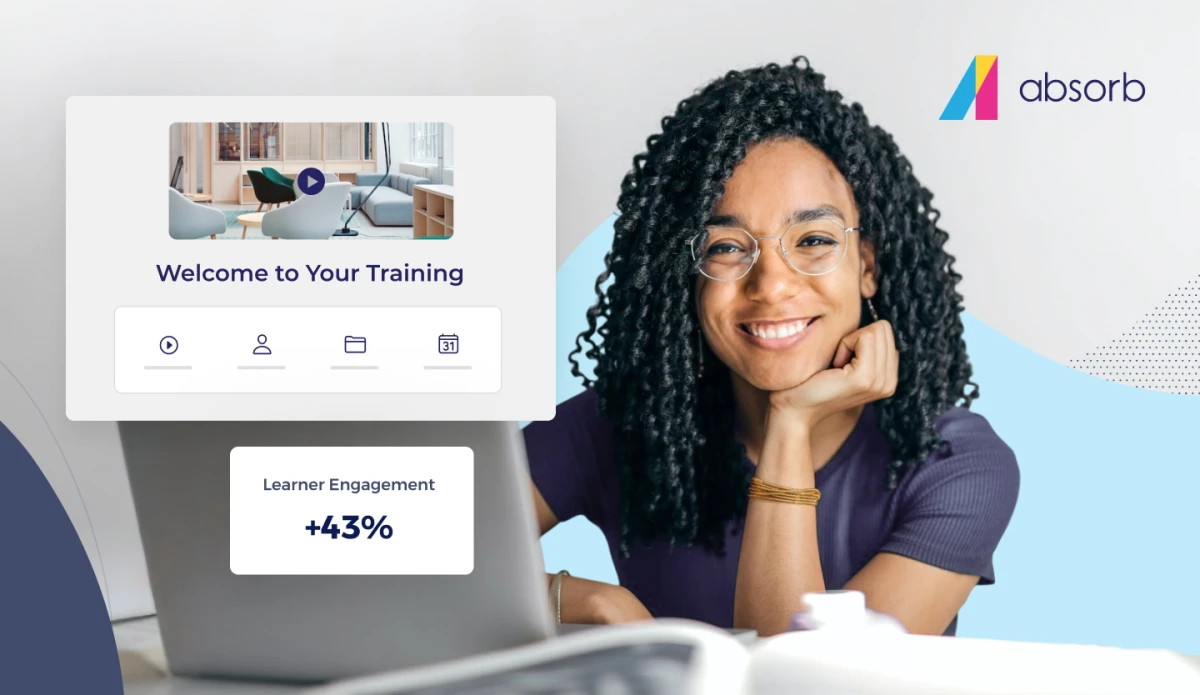There's no shortage of people who want to learn, as Google has shown us. The internet giant recently found that 70% of millennial YouTube users watched online videos to learn something new or discover more about a personal interest, according to Think With Google. Just a few months later, YouTube reported that this interest prompted Google to invest $20 million in educational content through its Learning Fund program. That's excellent news for advocates of microlearning, which is made more effective when delivered via a variety of engaging formats. There are many opportunities to infuse microlearning in the flow of a regular workday or work week, in ways that prioritize continuous education and contextual learning at your organization to improve employee performance. Here's how to tap your learning management system to boost your learning outcomes—and business results—with microlearning.
Adapt learning to improve knowledge retention
Like a chameleon, employees must transform to be many things to many people, and an LMS must do the same for them. In-the-flow learning, or contextual learning, is education that's relevant and timely, such as when a client-facing employee finds a learning module directly relating to a situation they're facing, then applies course material on the spot. The customer's needs are served immediately because the right person received the right training at the right time. And because that person is instantly using what they've learned, the odds are that they'll also absorb and retain the information for a longer period of time.
Quickly boost your bottom line
A modern LMS is fully equipped with reporting capabilities to track results from training to see how it ultimately improved employee performance. With microlearning, your company is likely to see faster results that impact the bottom line because training is constantly occurring and skills are being elevated. For example, the sales team can breeze through a few lessons about the new product they've been tasked with selling. The valuable information they've learned over their morning coffees could come into play during a lunchtime sales call. By the time those salespeople punch out for the evening, even if they haven't finished the whole training, the day's sales could've already improved.
Keep pace with fast-moving industries
Every day there's the potential for a new medical discovery or a breakthrough in a scientific arena. That means learning can't be static. Information changes and processes evolve. An effective LMS must have the ability to pivot, sometimes on a dime, to keep employees up to speed on the latest developments. Microlearning is the perfect tool to distribute small bites of new information in a digestible format.
How to make microlearning a part of your LMS
To successfully introduce this learning format in your organization to improve employee performance, evaluate areas where you can get productivity gains or better results by training your people. Transaction points, like sales calls, customer service and product training are often areas where a little knowledge can reap big rewards. If you have existing courses that are long, consider chunking them up into shorter, more consumable lengths to make the content easier to fit into busy schedules. Mini-modules should be 10 minutes on average, according to the Association for Talent Development. By reviewing learner reports, you can identify patterns and skills gaps, then chart LMS courses to continue a learner's educational path or remedy any problems. Your LMS user experience has a part to play too. Your learning platform should have a simple interface with easily discoverable lessons. Those lessons should start with an introduction that sets the stage for several brief sessions. Each module should have a clear objective, a relatable tone and must-have knowledge. Wherever possible, clarify theoretical concepts with examples, incorporating situational learning, videos, infographics and demos to bring content to life. Consider a gamification element, such as a post-session competition between attendees that results in a reward, like points on a leaderboard or badges. Some organizations make points redeemable for merchandise to foster a culture of learning. By using all of these tips and working with a dynamic LMS partner, you'll set your employees up for instant success.





